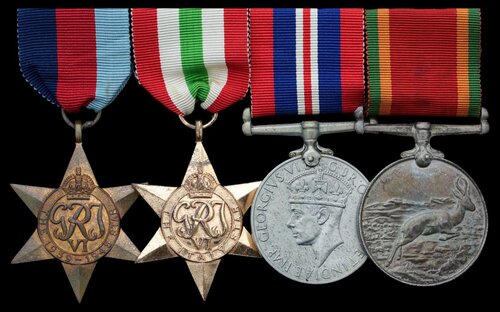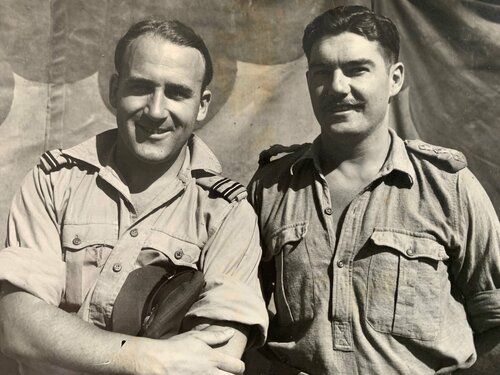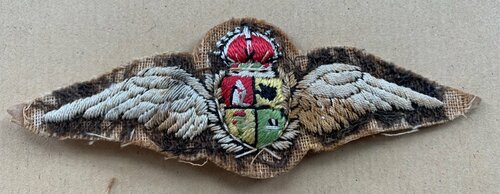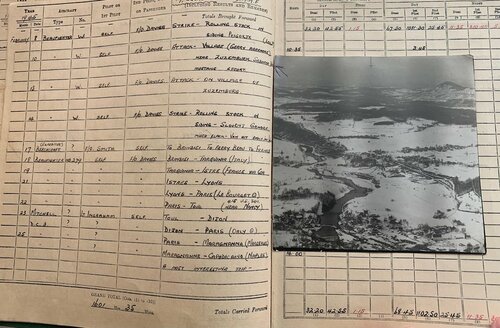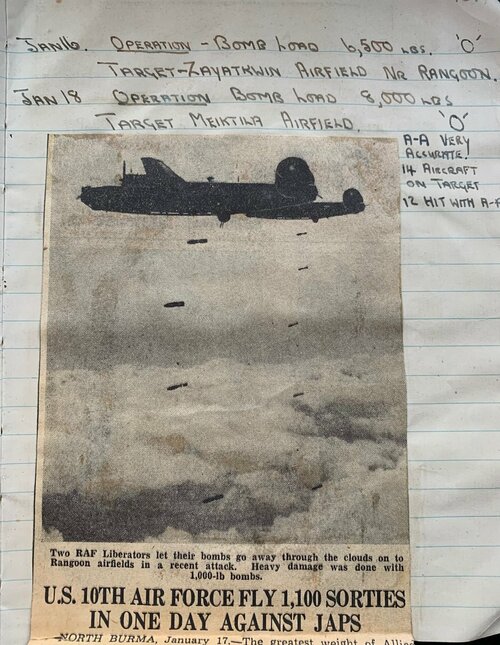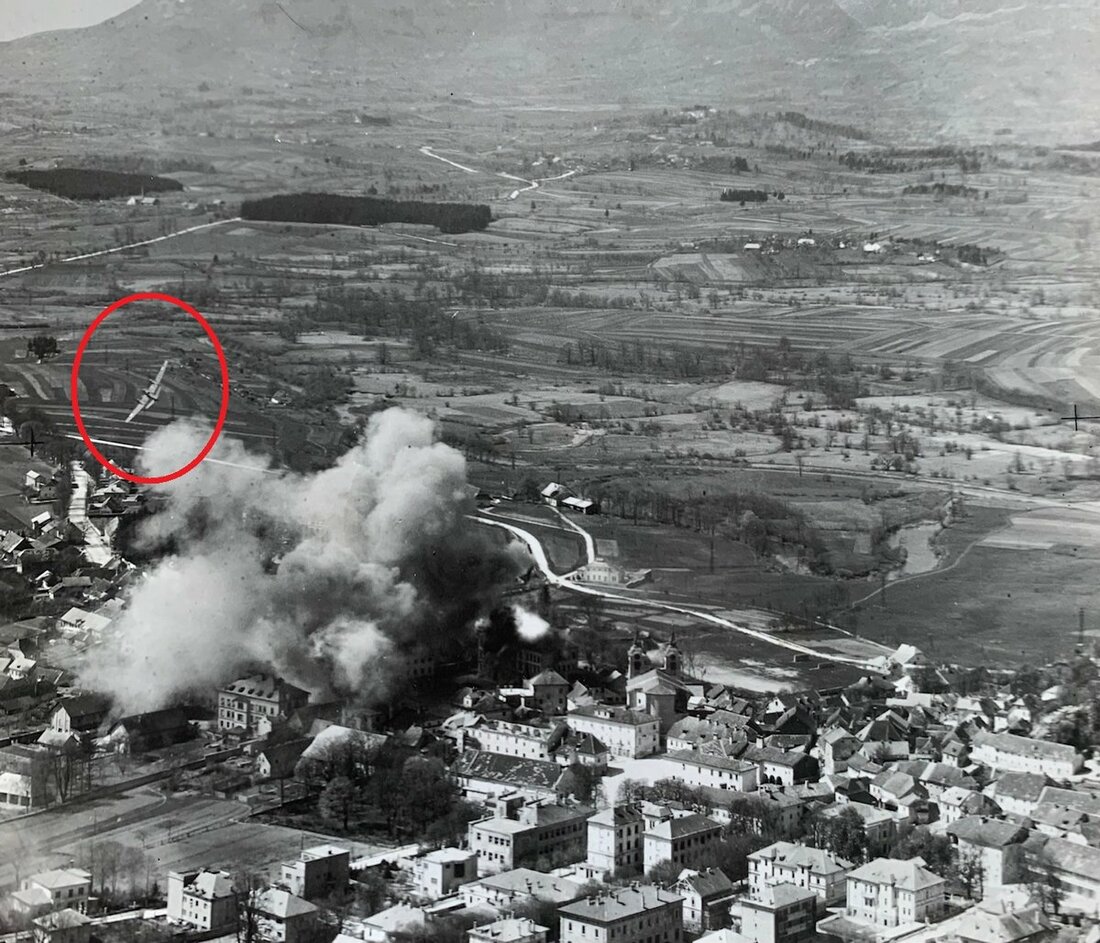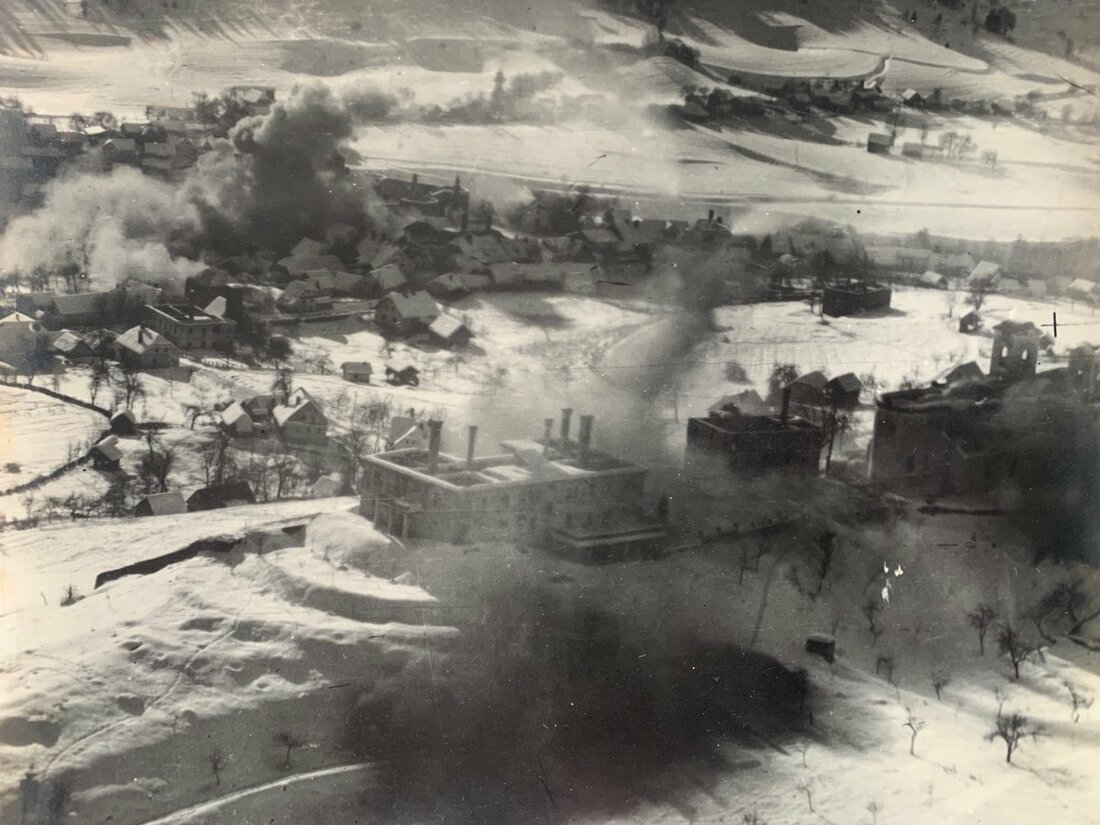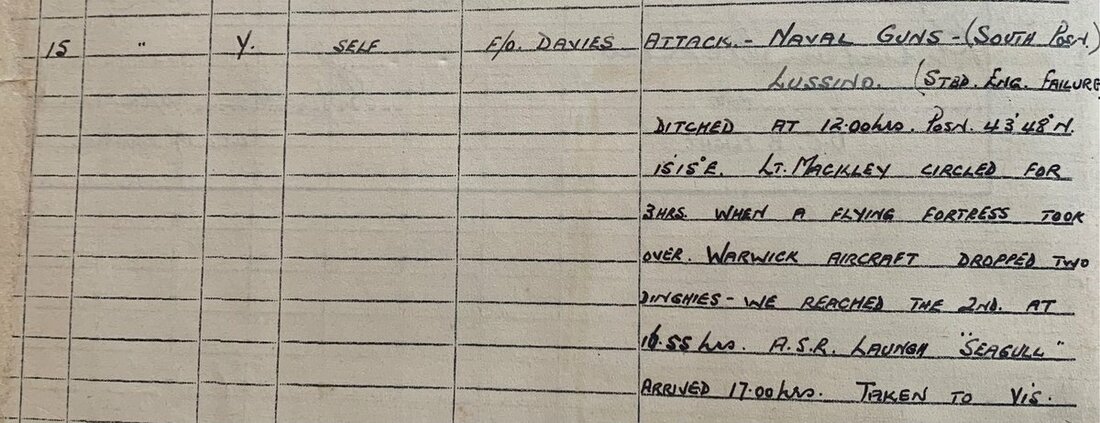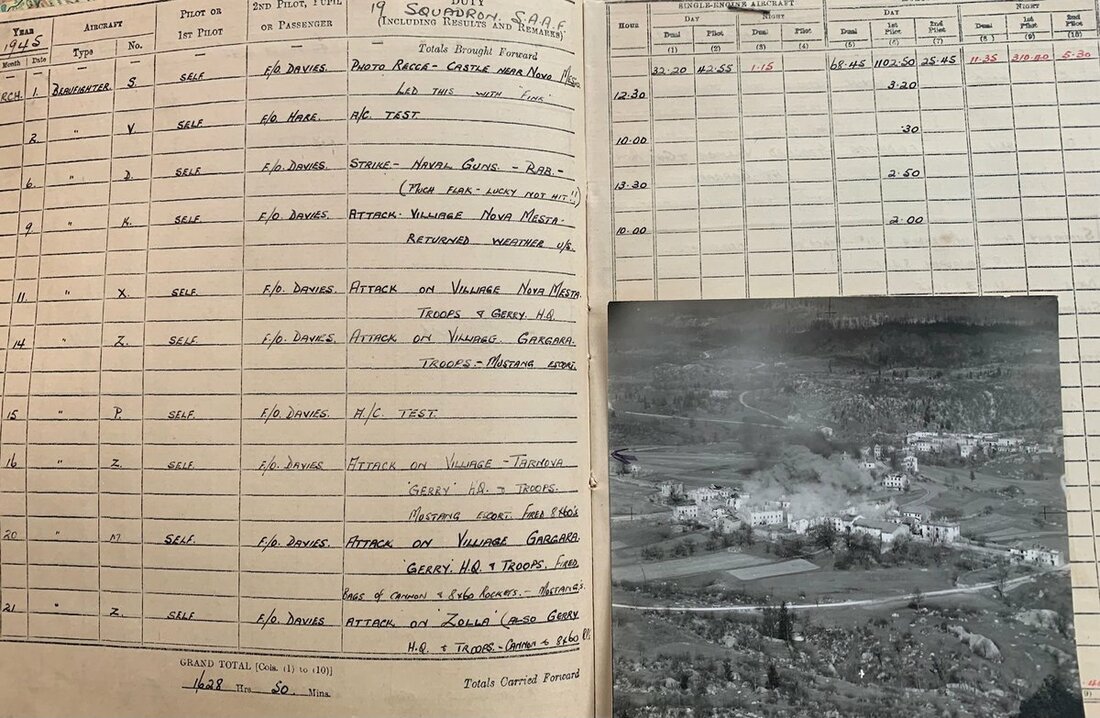Auction: 21003 - Orders, Decorations and Medals
Lot: 400
(x) A well-documented campaign group of four awarded to Captain K. R. Campbell, South African Air Force, a skilled Beaufighter Pilot who served with No. 19 Squadron in the Italian theatre to great effect
1939-45 Star (98422 K. R. Campbell); Italy Star (91422 [sic] K. R. Campbell); War Medal 1939-45 (98422 K. R. Campbell); Africa Service Medal 1939-45 (98422 K. R. Campbell), mounted as worn, good very fine (4)
Kenneth Robert Campbell, a native of Wynberg, South Africa, was born in 1920 and joined the South African Forces in July 1940, whilst at that time working as a Clerk for the Vacuum Oil Company of South Africa. Joining the South African Air Force, he first flew in early 1942 and remained in Africa until late 1944, when he went up to Shallufa for the Beaufighter Conversion Course in August. He joined No. 19 Squadron at Campomarino in September and just a few days into his active service was lucky to walk away from a crash on take-off, when he was a passenger observing the firing of cannons. October saw Campbell fly his first Ops, going in for strike attacks at Bjevolar on several occasions before the month was out. He also flew on shipping sweeps and photo recce missions, flying on at attack on the Naval guns at Lussino - in conjunction with the Royal Navy - on 17 December 1944, when he delivered 8 x 60 R.P.'s and his cannon to great effect. As the new year dawned, Campbell was often to the fore. His own memories of the events elaborate on his Log Books, which give details of the failure of his starboard engine failing which caused them to ditch, being in the water for some time before taking to dinghies that were dropped, being picked up by the Air Sea Rescue Launch Seagull at 1700hrs, having ditched at 1200hrs:
'As I was leading the attack my first mission, before attacking the Naval guns with rockets, was to approach the Island at sea level and spray the slopes of the Island in the area of our attack with cannon fire. Hoping this would make Jerry take cover and not fire at us for, on previous raids, two of our aircraft were hit by explosive bullets.
Unfortunately for me, however, Jerry got me first hitting the starboard engine. I remember our Navigator, Dave, shouting. He did not have to tell me - I felt it immediately. The starboard throttle was jerked out of my hand and the aircraft veered to starboard.
As we were flying at sea level I needed to gain height so, in order to lighten the aircraft I fired all four 20mm cannons and the rockets to get rid of the heavy ammunition. But in doing so, lost valuable speed due to the recoil action, and flying on one engine was unable to regain speed in order to attain height. In retrospect firing the cannons was the wrong thing to do!
Knowing that we would not have the height or speed to reach base I told Dave it would be better to ditch whilst I still had control of the plane. This I did, and, fortunately we both survived. The water was freezing. In fact before we took off from base the runway had to be cleared of snow.'
When they came into ditch, Campbell broke the air bottle on his Mae West, his assumption being that it broke the force of the ditching and also helped '...float me out of the open hatch above my head' as the aircraft filled with water. Having been dropped a dinghy and been picked up some five hours later, the pair were flown to Yugoslavia and thence onto hospital. Thankfully minor bruising and shock were the only injuries Campbell suffered. The events are also recalled in Eagles Victorious.
He was back on duty by 8 February and made up for lost time, going in on a strike on Prigokje and two days later on an enemy Barracks near Zuzemburk, this time the whole countryside being covered with snow (image from Log Book depicts this scene). Campbell again has fine images of his work, another depicting the attack on enemy HQ at Tarnova, which was attacked with a Mustang escort on 20 March. He was also photographed in action when leading a strike on Postumia on 17 April. Returned to South Africa, Campbell was discharged in December 1945.
Sold together with his Flying Log Book, carrying forward some 1416hrs55mins, covering the period 1 July 1944 to his Release, bound with green cloth, besides UDF Release Documents, Anson Dinghy Drills sheets, silk escape map, Medal confirmation and envelopes (these issued to him at PO Box 299, Blantyre, Nyasaland in 1953), a selection of photographs (most annotated on reverse), cloth and metal Insignia, including his cloth 'Wings' and his memories from which quotes have been taken.
Subject to 5% tax on Hammer Price in addition to 20% VAT on Buyer’s Premium.
Sold for
£1,900
Starting price
£380

